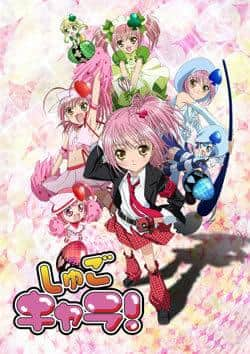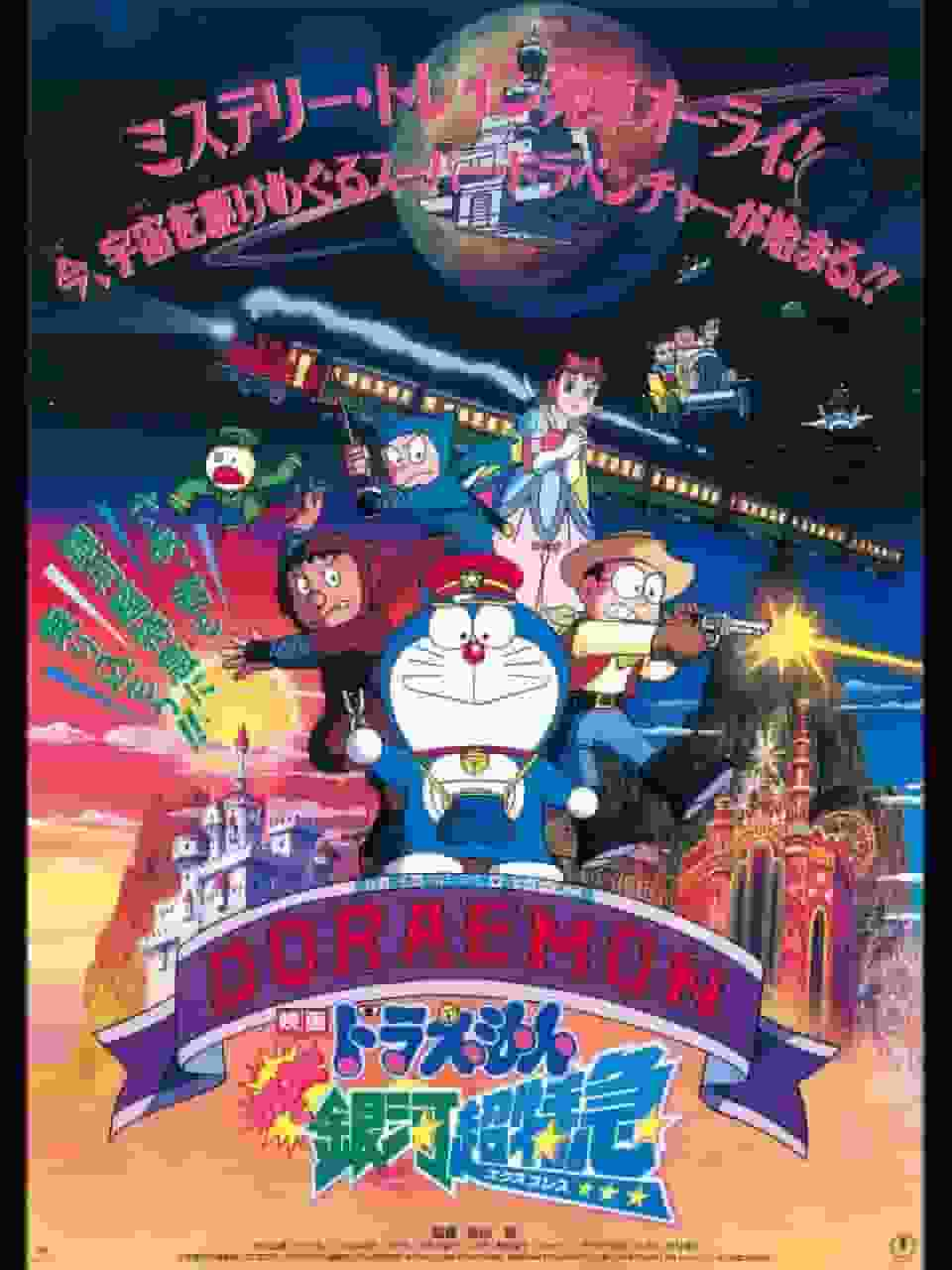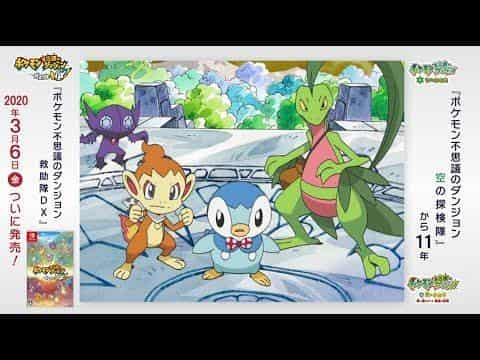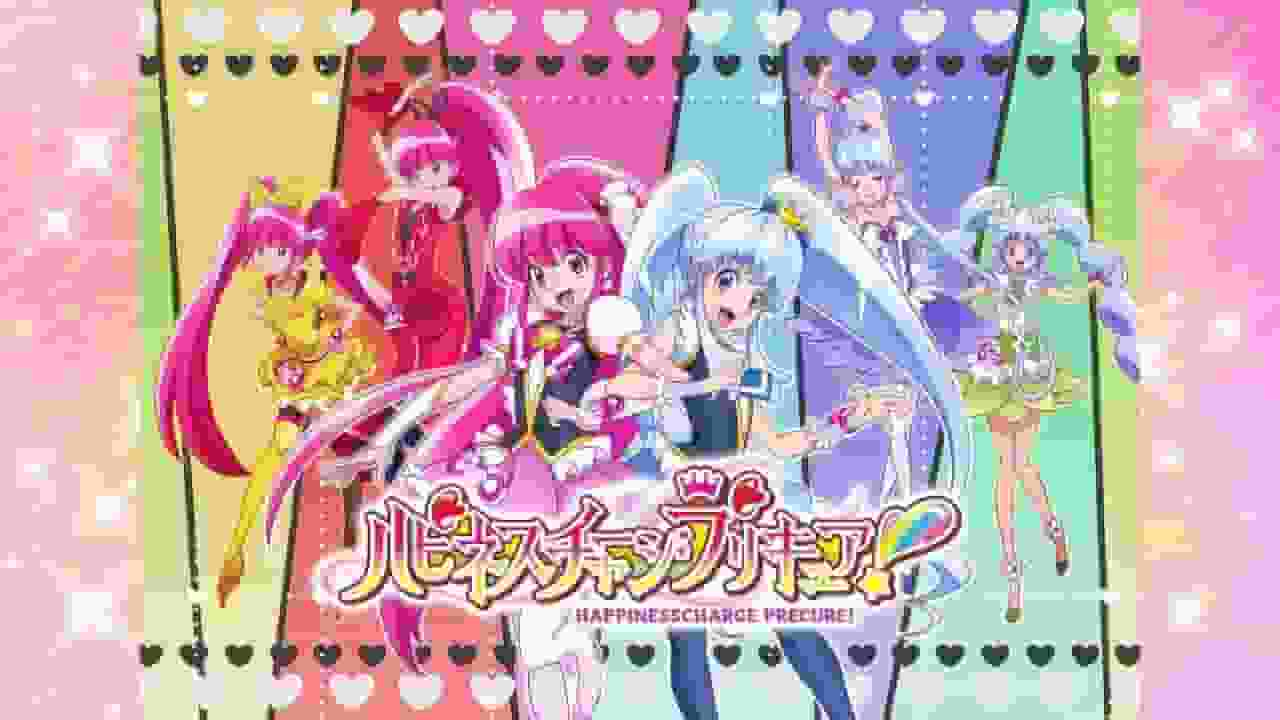A thorough analysis of Akira Kurosawa's "Yojimbo"! What is its appeal and reputation?
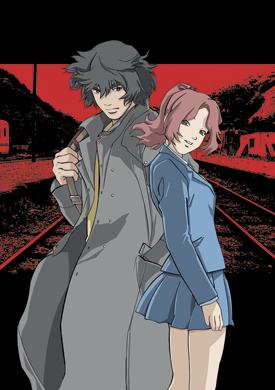
"Whirlwind of Love" - A masterpiece animated version of Akira Kurosawa's classic"Senpuu no Yojimbo" is a TV anime series that was broadcast from 2001 to 2002, based on the masterpiece film "Yojimbo" directed by Akira Kurosawa. Although this work is based on Akira Kurosawa's original work, it has succeeded in drawing viewers in with the charm and unique story development that only anime can offer. Below, we will explain in detail the appeal and highlights of "Senpuu no Yojimbo", as well as its background. ■Overview of the work"Senpuu no Yojimbo" was broadcast on Nippon Television from October 2, 2001 to March 26, 2002. It consists of 25 episodes, each 30 minutes long, and was produced by Studio Pierrot. It is based on the original work "Yojimbo" by Akira Kurosawa, and was directed by Yuto Date, with character design by Takeshi Ito and music by Tsuneyoshi Saito. ■ StoryThe story is set in Kinashiku, a rundown town several hundred kilometers north of Tokyo. When a man named Kodama Joji arrives in the town, it becomes a battlefield between two major powers, Tanokura Mining and Ginsame Industries. Joji is a strong, courageous, and intelligent man who skillfully negotiates between the two powers. His actions seem to incite conflict between the two powers, but his true purpose is to solve the mystery of the "dark incident" that occurred 15 years ago. 15 years ago, the hidden assets of a politician who was feared as the mastermind of Japanese politics suddenly disappeared near this town. Tanokura and Ginsame were engaged in a secret battle over the missing hidden assets. Joji was trying to use the conflict between the two to uncover the mystery of this incident, but behind this was his own strong will to keep the "promise" he made 15 years ago. ■ CharactersThe protagonist, Kodama Joji, is listed in the hotel book as "Kodama Joji, 28 years old," but his true age and identity are shrouded in mystery. He comes to Onimusyukucho in search of Araaki Genzo, a man connected to a dark incident 15 years ago. He has the courage to withstand threats and the strength to easily fend off thugs even when surrounded by them, but he is a complex character who is not exactly a champion of justice. Shusaku Tanokura is the president of Tanokura Mining and a city council member, a prominent figure in the town. Behind the scenes, he controls the southern part of Kinashiku Town (commonly known as the "Red Town"). After learning that Joji saved his daughter from being kidnapped by thugs from a rival group, he hires Joji as a bodyguard. Miyuki Tanokura is his only daughter, who was saved by Joji from being kidnapped in front of the station, and she appears to be attracted to him. Ginsameyoshi, president of Ginsame Kosan, is the boss of the forces hostile to Tanokura and controls the north side of Konashijuku Town (commonly known as the "White Town"). His younger brother, Ginsamejiro, supports his brother as the managing director of Ginsame Kosan. Araki Sanae is the manager of the only hotel in town, "Arakikan," and investigates Joji's actions and reports them to Tanokura Shusaku. The owner of the restaurant TONBO seems to know something, but skillfully evades questions from Joji. Officer Konishi is a police officer working at the police box in front of the station, but is not originally from Konashijuku Town and does not seem to know much about the local past. ■Production background and staff"Senpuu no Yojimbo" is based on director Akira Kurosawa's "Yojimbo", but the animation made use of the essence of the original while creating a new story and characters. Director Yuto Date has a deep understanding and respect for Akira Kurosawa's work and has reconstructed it from his own perspective. Character designer Takefumi Ito has created attractive characters that are characteristic of anime while maintaining the atmosphere of the original. Musician Tsuneyoshi Saito has provided a wonderful soundtrack that enhances the tension and drama of the work. ■ Evaluation and impact"Whirlwind Bodyguard" has been highly praised by fans of the original work and new viewers alike. In particular, the story development that delves deeply into the original themes of "what is justice" and "what is the true nature of humanity" and the portrayal of the characters' psychology were highly praised. In addition, the powerful and beautiful action scenes were also impressive, and the visual appeal was also a major point. This work is remembered as a challenging attempt to adapt Akira Kurosawa's work into an anime, but one that met that challenge brilliantly. It introduced Akira Kurosawa's work to a new audience and provided an opportunity to reaffirm its universal themes. Furthermore, the production skills of Studio Pierrot and the efforts of its talented staff have come together to make this an anime masterpiece. ■ Recommendation points"Senpuu no Yojimbo" is recommended not only for fans of Akira Kurosawa's original work, but also for those who like action, suspense, and drama. In particular, the following points are the reasons for the recommendation.
■Subtitles and EpisodesThe subtitles and contents of each episode are as follows:
■ Theme songs and musicThe opening theme "Tokyo" is sung by Escargo, with lyrics and music by Tomoyuki Yamamoto and arrangement by Tetsuo Ishikawa. The ending theme "Situation" is also sung by Escargo, with lyrics and music by Tomohiro Noda and arrangement by Kenichi Nemoto and Escargo. These songs are important elements that enhance the atmosphere of the work. Conclusion"Senpuu no Yojimbo" is based on Akira Kurosawa's masterpiece "Yojimbo" and is a masterpiece that draws viewers in with the charm of anime and its unique story development. It combines a deep story and theme, attractive characters, powerful action scenes, beautiful images and music to leave a strong impression on viewers. This work is recommended not only for fans of Akira Kurosawa's original work, but also for those who like action, suspense and drama. Please give it a watch. |
<<: Review of "Happy Soul Ermine": The perfect balance of healing and laughter
Recommend
"Kikujiro's Summer" is scheduled to be released in mainland China on September 10th. Kitano Takeshi's masterpiece is coming
According to media reports on August 24, the famo...
Sonic the Hedgehog movie released digitally ahead of schedule, just 46 days before theatrical release
Due to the pandemic of the new coronavirus, the g...
"Jojo" spin-off "Kishibe Rohan Doesn't Move" [Confession Room] New PV
Today (February 28), the new PV of the "Conf...
Netflix's hit drama The Witcher Season 3 new stills released
Netflix has released new stills for the third sea...
"Tonton Atta" - A traditional Niigata story made into an anime, reviews and impressions
Tonton Atta: A Niigata Folktale - The fascinating...
Steel Angel Kurumi 2 Review: An improved story and the appeal of its characters
Steel Angel Kurumi 2 - The charming world of scho...
Burn through the dimensional wall! Dragon Ball Super: Broly's new Chinese trailer
In 4 days, the latest exciting theatrical movie i...
The Adventures of Pepero, the Boy from the Andes - A Thorough Review of the Moving Journey and Story of Growth
The Adventures of Pepero, the Boy from the Andes ...
'Lost' screenwriter Lindelof: Leaving the 'Star Wars' universe was not voluntary
Damon Lindelof has left the Star Wars universe, a...
Japan's No. 1 Cosplayer COSession Gentleman Hatsune Miku Wears Transparent Clothes and Shows Off His Buttocks
Previously, Japanese cartoonist Kentaro Yabuki de...
Pampaka Pants NEWS: A thorough analysis of the appeal and evolution of the third series!
The appeal and evaluation of the third season of ...
Obi-Wan live-action series delayed by two days to coincide with Stranger Things Season 4
The broadcast date of the "Star Wars" s...
Masked Ninja Akakage: The Appeal and Evaluation of Classic Ninja Anime
Masked Ninja Akakage - A Ninja Story from the War...
The appeal and evaluation of the movie "Saekano: How to Raise a Boring Girlfriend Fine"
"Saekano: How to Raise a Boring Girlfriend: ...
Macaulay Culkin Joins Amazon's Fallout Live-Action Series for Season 2
According to a new report from Deadline, actor Ma...

